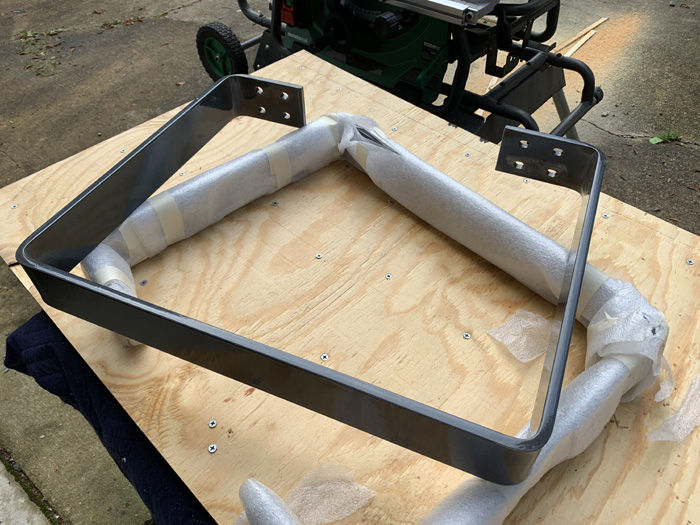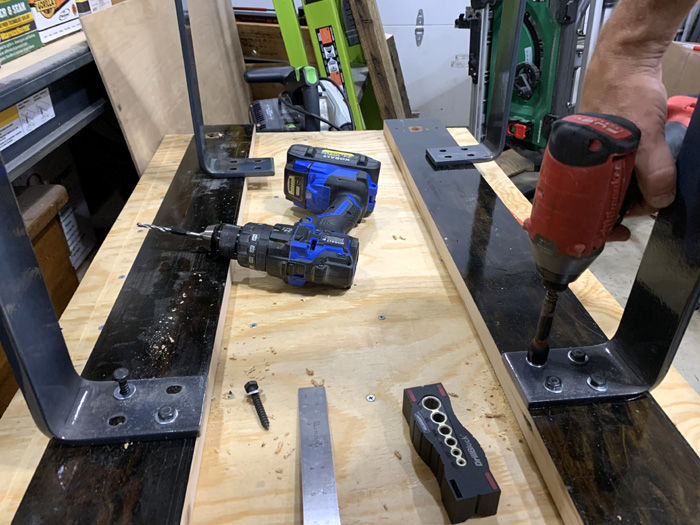Metal Legs for Rustic Furniture
- Matt Weber

- Jul 21, 2021
- 2 min read
Updated: Aug 26, 2021

Over the years, I’ve built a few projects using lumber I reclaimed from an old barn on my grandad’s property. I had just enough leftover boards to make a coffee table, so I made one.
I tweaked the look of the 3/4-in. boards with a little wood stain, then fastened them onto a 3/8-in. plywood backer using 1” wood screws. The construction left a notable bit of flex in the table top, so I screwed two 1x parallel hardwood boards beneath the plywood, oriented perpendicular to the reclaimed boards. (The 1x support boards were reclaimed stair treads.)
But wait! Those 1x support boards did more than just strengthen my table top. They also provided a mounting place for a pair of metal leg assemblies made by Semi Exact. The U-shaped metal legs bolt onto the table from beneath, so I used them as a spacing guide to position those 1x support boards before screwing them beneath the table top. Once they were in attached, I squared up the legs and used lag screws (4 per connection) to attach the metal legs into the 1x supports. Legs completed!
The clear-coated metal finish gave an awesome “industrial” look to my rustic-style table, plus, using the legs made it soooooooo much easier to build this coffee table than constructing wood legs from scratch.
Last step in construction was to measure the table, cut miters in the edging boards, then attach them around the table top them using wood glue and brad nails.
Final step to complete this project is to coat the entire tabletop in clear wood epoxy … but that’s a story for another blog post.

The Semi Exact company offers lots of cool-looking (and labor-saving) hardware items for construction of rustic furniture. I’ve become a fan and have a couple more projects lined up where I’ll use their products. Check out their stuff at www.semiexact.com.
Construction steps

















-- M. Weber




Metal legs for rustic furniture offer a perfect blend of industrial charm and functionality. They complement the rugged, natural look of wood while providing stability and durability. Whether used for coffee tables, chairs, or side tables, metal legs are designed to withstand heavy use, making them ideal for rustic-style homes. To create custom pieces, you can contact experts who build with ferguson phone number for quality craftsmanship and personalized designs that elevate your space.